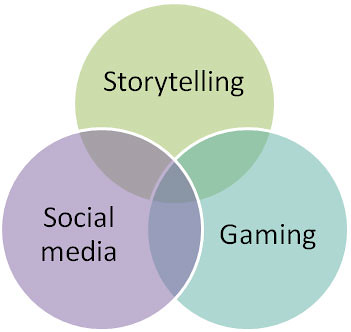When browsing through these different podcasts, I noticed
that ESL Pod seemed interesting. After
looking around, I noticed a specific Podcast that caught my eye. Supplies for Outdoor Recreation, was the
title of this podcast and reminded me of my favorite season, summer. After hearing the podcast, I had an idea that
would allow students to practice summer vocabulary as well as topics and
conversations on a camping trip. As a teacher, when introducing
camping/outdoor vocabulary I would have the different supplies as a visual so
students can visualize the objects as they hear it.
This podcast
was clear and gave a variety of ways to say certain words. The man spoke extremely clear. Listening to this podcast will allow students
to understand verbs, nouns, and adjectives as introduced by the speaker. Students
will be able to hear the correct spelling of most of the words introduced, as
well as simple vocabulary definitions such as flashlight, bug spray, matches, tent,
etc. The speaker made connections to
real life examples that will make it easier for learners’ to comprehend the
podcast.
Not
only did the speaker introduce summer fun vocabulary, but he also used everyday
vocabulary to reinforce good social skills for the learners. He used vocabulary such as saying please and
thank you, and being kind to friends.
As a
culminating activity for this podcast, I can have students take a hike in near
woods near the school that I was teaching at.
This will allow for the students to make connections and see what the
outdoors is like when exploring new vocabulary, terms, and definitions on
camping outdoors.
























